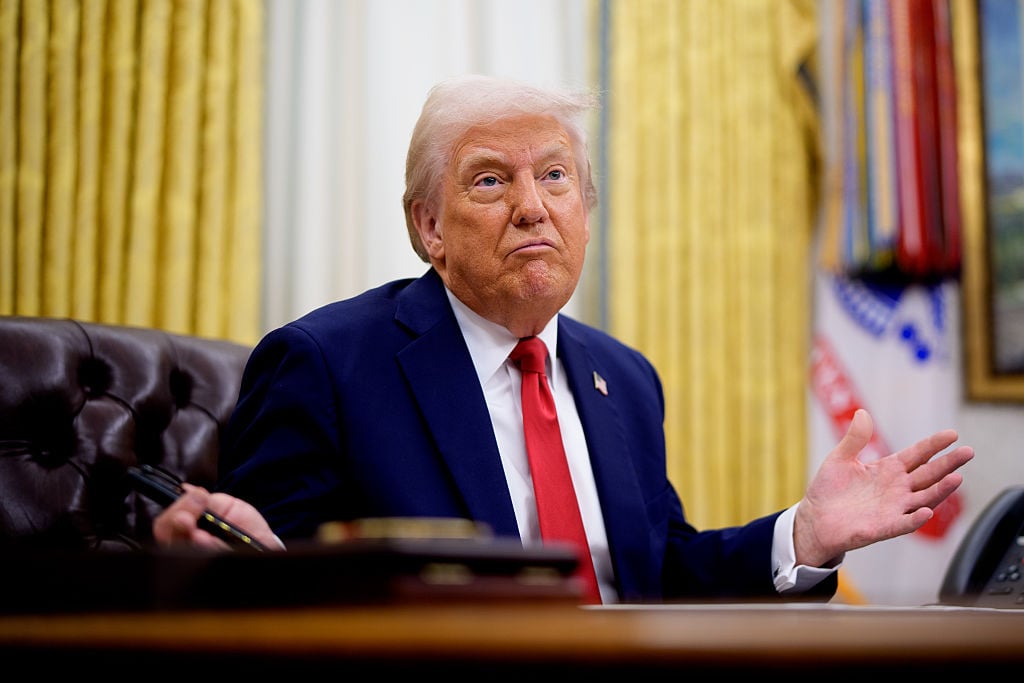After 11 consecutive quarters of declining sales and the loss of over half a billion in revenue, Kohl’s outgoing CEO Tom Kingsbury openly acknowledged the company’s self-inflicted wounds and took responsibility.
Addressing decisions that led to a 9.3% drop in quarterly sales at Kohl’s stores open for at least a year, Kingsbury told analysts, “We thought, ‘We can do more with a lot less,’ and that didn’t work out for us,” according to the Wall Street Journal. These misfires included scaling back fine jewelry departments, cutting petite clothing sizes and reducing popular private-label brands—moves that alienated core customers.
Kingsbury’s decision to take meaningful accountability for performance is rare. When CEOs face declining numbers, they often blame things like inflation, market conditions and supply chain issues, rather than themselves. By stepping up and owning his company’s missteps, Kingsbury broke the norm and demonstrated an essential leadership quality for business leaders: the ability to admit when they’re wrong.
Many leaders worry that acknowledging mistakes will undermine their authority or make them appear weak. The stakes feel even higher when those mistakes have impacted their customers’ trust and their employees’ livelihoods. But there’s often more strength in owning up to your errors than trying to sweep them under the rug.

Why apologizing may be the best move for CEOs
Executive coach Andrea Petrone says many leaders resist showing vulnerability due to misconceptions about power dynamics. “People want to be led by humans,” he says. “When people feel like they’re led by a real human being, they go over and beyond what is expected.”
Petrone emphasizes that performance and authenticity are intrinsically linked, though many CEOs fail to see this connection. “They feel like performance is strategy [and] processes. Being authentic is just part of who I am,” he explains.
Petrone understands the challenge firsthand and initially struggled in his first CEO role at age 35. “I overly valued my title and my status over what was needed in the organization,” he recalls. “I wanted to set the tone… The first time a young, ambitious person becomes CEO, you feel like everything you touch is gold.”
Initially, Petrone says he “had an individualistic approach to the role… Of course, it [had] a negative effect on everything we were doing.” After six months on the job, company performance declined. He wondered if he should say something to his team or just try to right the ship without owning up to his part.
Through conversations with an executive coach, he realized he needed to take responsibility. “I called my executive team [and said], ‘Sorry guys, I started with the wrong foot here.’ And I explained that I was driven more by X, Y, Z. I was authentic. I was sincere… They totally understood because they put themselves in my shoes.”
By apologizing, Petrone says, his executive team could see the human behind the title and the role. “I committed to start listening to them in a different way. Things changed dramatically.” He was able to turn the company around with the help of his leadership team by admitting his mistakes.
The emotional weight of a mistake
Dr. Carolyn Frost, an executive coach and emotional intelligence expert, says senior leaders and executives often resist admitting mistakes due to deeper emotional barriers. “We’re afraid people won’t like us. We’re afraid of the rejection that might come from [admitting a mistake]. We’re afraid of being fired. We’re afraid of all of the ramifications,” says Frost.
But it’s an opportunity to show courage as a leader and work toward a solution, she notes. “There’s so much humanity that comes from someone saying. ‘Hey, I messed up.’ That is a common universal theme of all humans. We make mistakes.”
Frost adds that admitting a mistake as Kingsbury did “puts a pause on all of it… So much of emotional intelligence is slowing things down a little bit… [Leaders think] ‘I shouldn’t make that kind of mistake. I shouldn’t have done that kind of thing. No one will trust me. No one will respect me.’” This kind of self-blaming and judgment isn’t helpful. She recommends that leaders say, “OK, let’s breathe here and pause. Yes, this did not go as I planned… How can I thoughtfully move forward from here?” This moment of pause allows the brain to shift from problems to solutions.
Frost also suggests writing out the issue as a next step, going over exactly what happened, as well as some things that could have been done differently. “Write every possible scenario down so that it gets it out of your body [and] brain [and] it’s on paper,” she says. This gives a different perspective on the scenario. Once you have clarity on the issue, Frost advises turning to key confidants or stakeholders for outside perspectives and support.
How to publicly take accountability for a mistake
When publicly addressing mistakes, PR expert and founder of Adia PR Alison Shadrack Brown emphasizes the importance of a structured approach. “Address the issue and be transparent and honest about what has happened, what you’ve done, and why that mistake happened,” she explains.
She cautions against vague language (like “mistakes were made”) in an apology statement. “Passive voice avoids taking responsibility,” she says. “Don’t try to sweep it under the carpet. Acknowledge what you’ve done.”
After acknowledging the issue, the next crucial step is delivering a genuine apology. “It’s the process of actually apologizing, saying the words, ‘I am sorry,’ and recognizing the impact that the issue has caused,” Shadrack-Brown says. She cautions that timing matters: “You can’t deliver an effective apology until and unless the people you are speaking to believe that you fully understand what you did wrong.”
The final step is outlining concrete actions for improvement. “It’s important to explain how you’re going to put things right. What’s the plan? What steps are you going to take to ensure this doesn’t happen again?” she says. Shadrack-Brown warns against vague phrases like “lessons have been learned.” Instead, she suggests leaders provide specific details and realistic timelines for change.
Kingsbury followed this blueprint, acknowledging mistakes and outlining corrective actions. The company reintroduced jewelry to 200 stores, expanded its petite offerings, and increased private-label inventory. “It’s up to us to fix it,” Kingsbury told analysts, in the same Wall Street Journal article.
The willingness to admit mistakes and take corrective action can strengthen leadership credibility. “It opens the door to more open and honest communication,” says Frost.
Photo courtesy of Jonathan Weiss/Shutterstock




